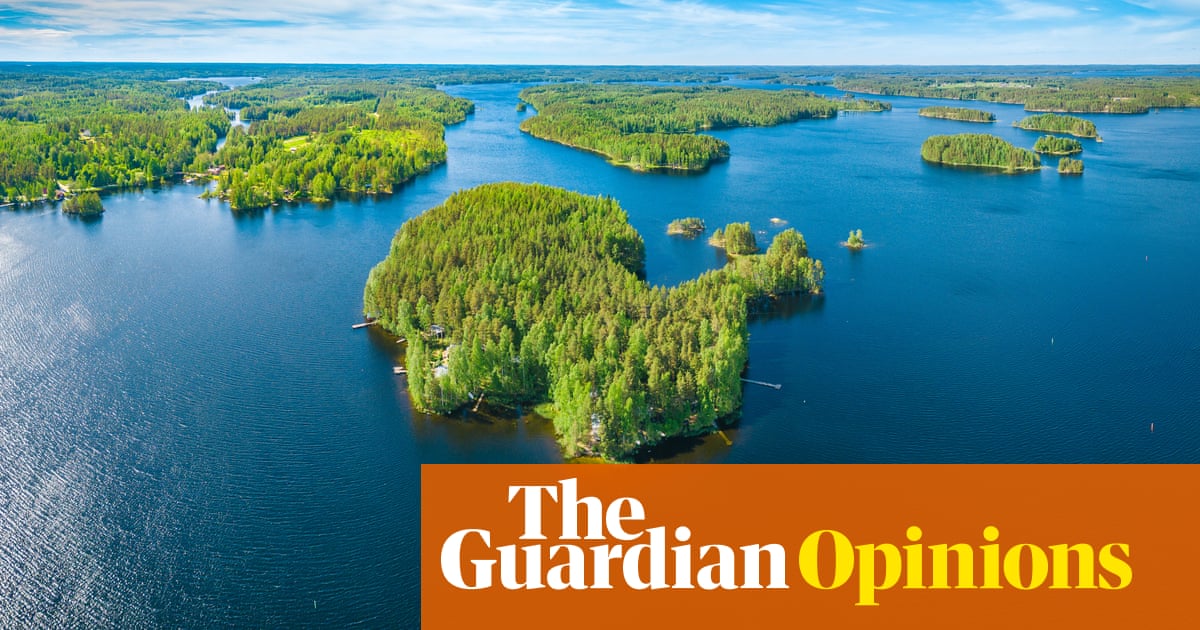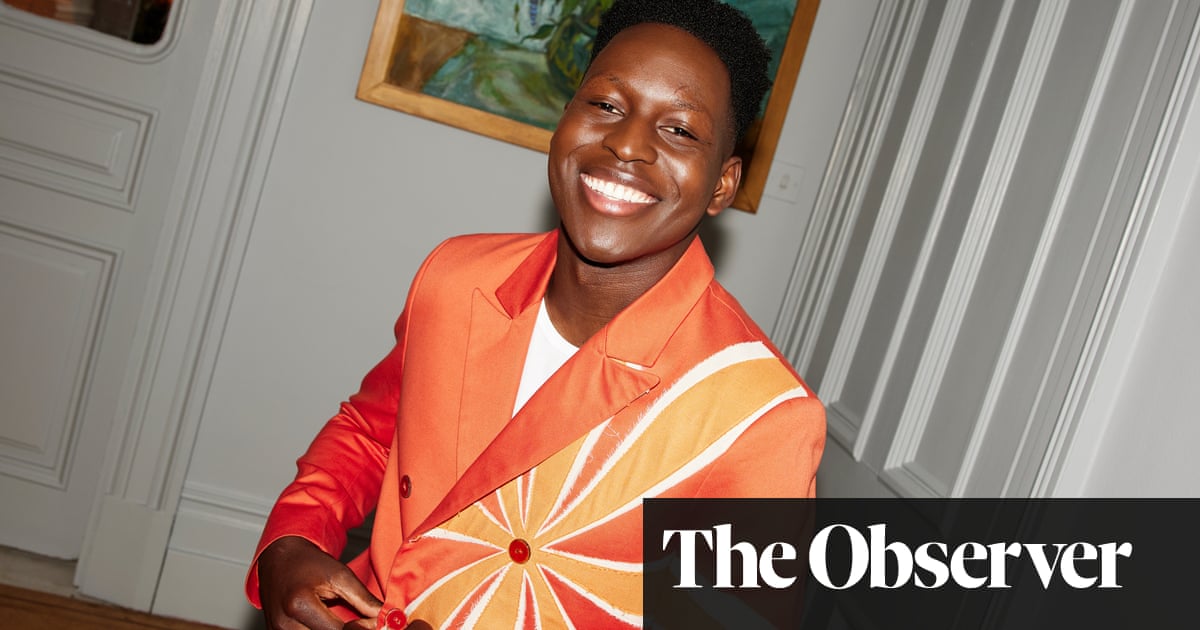
The giant structures rose like enormous fingers from the moorland, silhouetted against the setting sun, dwarfing me and my nine-month-old son, secure in the rucksack-carrier on my back.
Home to 200 known neolithic sites, and with on average three sites of archaeological interest per square mile, Orkney has become something of a byword for Ancient Britain, with at least three-quarters of the 193,000 annual visitors (pre-pandemic) coming to see the collection of relics of our ancestors.
Yet we weren’t actually gazing up at the Standing Stones of Stenness (circa 3100BC) or the stone circle of the Ring of Brodgar. We were at the foot of a more modern structure – the wind turbine on the isle of South Ronaldsay – watching its giant blades whirr and whoosh in the half-light.
That’s because, despite the earthworks that have been (and continue to be) discovered on this remote archipelago, 10 miles across the Pentland Firth from Scotland’s north-east coast, people on these 70 islands are passionate not only about preserving and showcasing an old way of life, but about pioneering a new one.
Harnessing the power of the wind and the waves, Orcadians now produce all the green energy they need and then some, supplying the population with renewable electricity via community-owned turbines, developing technology that can use the tides to power people’s homes, and – thanks to 40 charging points dotted across the islands – making the practicalities of owning and using electric vehicles easy.
This had led me to undertake my first trip with the baby, on a mission to set an example to him that holidays can be exciting and green. We would be touring the islands – exploring historic sites and rugged coast and spotting wildlife – in a fully electric campervan, charged from 100% renewable energy. But first we had to get there.
We embraced the minimal-carbon theme and travelled via Caledonian Sleeper from Euston, making the longest leg of the journey overnight. Travel cot wedged beside my bunk, my son slept well (to my relief), rocked gently by the motion of the train.
Twelve hours later, we arrived in Inverness to change to another train for the four-hour ride north to Thurso, and finally – after a taxi ride (the bus connection was impossible) to John o’Groats – took the passenger-only ferry to Burwick on the southern tip of Mainland. There we were greeted by hosts Jane and Paul and their converted Nissan Dalbury E campervan called Spoot (the world’s first all-electric model, and one of just two in theUK), our home and transport for the next few nights.
“We wanted as green an option as possible,” said Paul, who also runs island tours island in electric vehicles, as he showed me the quirks of the campervan – the swivelling front passenger seat, the plank behind the driver that forms a table, nifty coat hooks that double as device holders for watching TV, and hidden cupboards that contained a wealth of locally made jams, pickles, tablet (very sugary fudge) and beer.
“The limited range of electric vehicles can put people off,” said Paul. “But Orkney, with its proliferation of rapid-charge points that take a battery from empty to full in 40 minutes, coupled with the vehicle’s 120-mile range on an island that is only 26 miles across, is the perfect place to try them.”
He left me with a booklet of info, including where rapid-charge points were across the islands – though they are also all shown on the inbuilt GPS. I set off with a simple press on the accelerator and felt it smoothly pull away, virtually silent. It handled with the ease of a go-kart – electric cars are all automatic – and the lack of engine noise meant when the baby fell asleep, he stayed asleep.
My first stop was Wheems Farm Campsite on South Ronaldsay, one of four islands connected by road to Mainland via bridges and causeways. It’s a six-hectare smallholding owned by former landscape architect Mike Roberts who, with his late wife, oboist and artist Christina Sargent, brought organic farming to the island in the mid-1980s.
“The site is powered by those two wind turbines you’ve been looking at,” said Mike as he showed me the seasonal crops we were about to sample in the curry being cooked and sold to guests on site. “We make enough to power the business and give back to the grid.”
That evening I sat at the back of the van with the doors flung open, overlooking the North Sea, feeding my boy fresh vegetables from the soil we’d trod on earlier, feeling like I’d simultaneously stepped into the past and into the future.
Over the next couple of days we explored the island’s landmarks, continuing our oscillation between time periods. We strolled along the beach at the Churchill Barriers – causeways created in the second world war to stop U-boats from entering Scapa Flow. Snorkellers were exploring the rusting wrecks that poked out from the waves.
While the campervan was plugged into a handy rapid-charge station in the island’s capital, Kirkwall, (I only charged it once in three days, and that was just to play it safe rather than necessity), we wandered around town, taking in its old Viking cathedral – built in 1137 – and Orkney Distillery, where the hydrogen is harnessed to produce gin with no emissions other than water.
Heading to the island’s north-west, we explored neolithic sites, including the best-preserved prehistoric village in western Europe, Skara Brae, on the edge of Skaill Bay. A few miles up the coast near the ruined church of Saint Magnus in Birsay, we bought homemade treats made with locally sourced and seasonal ingredients. I even managed to schedule the baby’s nap time with the tides so that when he woke we could wander over to the Brough of Birsay via a causeway that is regularly hidden below the Atlantic. There we wandered amid Pictish, Norse and medieval remains, before I introduced him to his first puffins, whose colourful beaks caused him to squeal in delight.
That night he slept soundly as we wild-camped above the ocean, our little van swaying in the wind. The close quarters of a camper meant my nights were mainly, like his, early and subdued. I had to move all our luggage and repack it under the bed before I could turn in, and his lightweight travel cot just fitted on the shelf above the driver’s compartment when the flip-top roof was pushed up. Yet despite the minor faff, the simplicity of filling days with exploration and spending evenings doing nothing but gaze at the scenery meant I had time to contemplate the day we’d had and plan activities for the next, watching night falling and birds foraging.
The final day saw us drive a last leg to Stromness, in the south-west of Mainland, to catch the NorthLink ferry back to Thurso for our long train journey home.
But before that we made one last stop at the Ness of Brodgar, an extensive temple complex still being unearthed, said to predate and rival the Egyptian pyramids in size and sophistication – a fact not fully understood until less than 10 years ago. Back then, the man who discovered it, Nick Card, said: “London may be the cultural hub of Britain today, but 5,000 years ago, Orkney was the centre for innovation for the entire British Isles. Ideas spread from this place. This was the font for new thinking at the time.”
With renewable energy already powering the island, car and passenger ferries due to be run by emission-free hydrogen, and electric flights proposed to connect it with the rest of Scotland, it seems that here on Orkney history is starting to repeat itself.
And though I may not live to see these ideas fully trickled down to the rest of the country, my hope is that my son will, and can say, years from now, that he was there right at the beginning.












